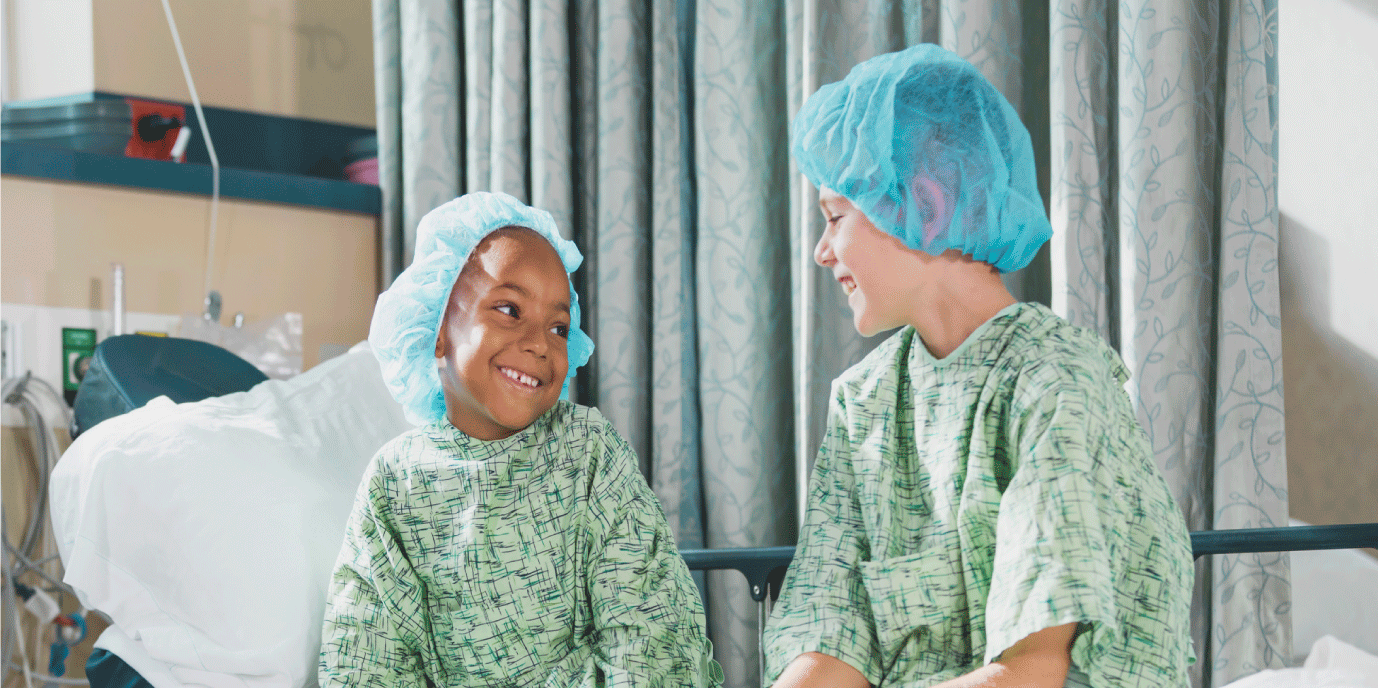Proactive Infection Control Through A
With respiratory diseases consistently ranking among the top 5 causes of fatality in the U.S., infection control remains a critical priority. Traditional temperature screening methods offer a quick, non-invasive, and cost-effective option, and while effective for detecting fever, they miss subtler signs of illness, allowing infections to spread undetected. However, AI-driven surveillance systems provide a proactive solution by accurately monitoring health risks in real time. This technology significantly reduces absenteeism and costly hospital-acquired infections (HAIs), enabling organizations to protect their workforce and/or patients while achieving substantial cost savings through enhanced infection prevention.
Undetected Spreaders: The Impact and Cause
If you're managing disease spread based on symptoms, it's too late.
If you're managing disease spread based on symptoms, it's too late.

The Hidden Threat: Infection Spread in Close Enviroment
In controlled environments such as hospitals, elder care facilities, schools, and production lines, infections can spread quickly due to close quarters and frequent interactions. Healthcare workers, for example, walk up to five miles per day, interacting with numerous patients and surfaces.
This constant movement, combined with confined spaces, enables pathogens to spread unnoticed.
Similarly, schools and production lines bring people into close contact for extended periods. In schools, students and staff share classrooms and common areas, while in production lines, workers often stand shoulder-to-shoulder. These conditions create a perfect scenario for infections to spread rapidly, underscoring the critical need for early detection methods
Timeline of infection spread among employees
The Limitations of Traditional Temperature Screening:
A rise in body temperature is one of the body's first lines of defense against infection. However, this response is often far more subtle than the clear fevers we associate with clinical illness. Traditional temperature screening relies on the 100.4°F fever threshold, which has been used for over a century to detect infections and minimize false positives. This one-size-fits-all approach overlooks the fact that body temperature is like a fingerprint— unique to each individual and influenced by factors such as age, gender, time of day, race and many others. As a result, traditional temperature screenings are designed to miss infections that don’t trigger a clear fever

This chart illustrates the normal temperature ranges for three individuals, showing how body temperature varies. It highlights the challenge of using a one-size-fits-all approach to temperature screening, as each person's temperature is influenced by individual factors.
Al-Driven Solutions for Early Infection Detection
A Success Story: AI Effectiveness in Detecting Infections
This chart shows the correlation between AI-detected illnesses and regional infection peaks for COVID and influenza types A and B. The blue and grey areas represent regional positivity rates for COVID and influenza, respectively, while the green points indicate AI’s weekly detections. The red line represents the count of fever cases, based on the traditional 100.4°F fever threshold. The alignment of AI detections with infection peaks demonstrates the system’s ability to identify illnesses well before this fever threshold is met. This underscores AI’s potential to improve infection control by catching cases earlier than traditional methods.
